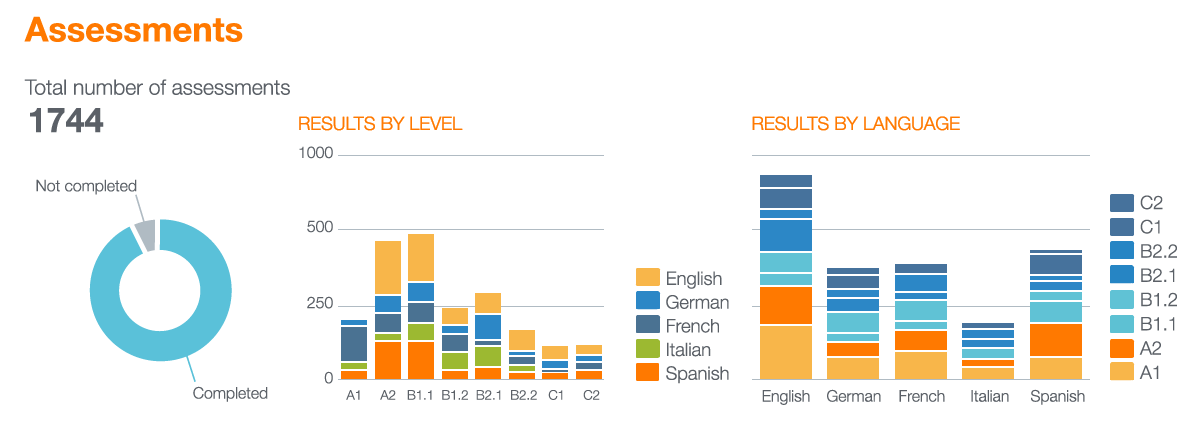Smart Recruiting in the Era of Digital Transformation
According to a study published by FinancialForce, one of the main pain points of HR professionals is “The chaos of recruiting”. In the context of the economic growth of the last years, the hiring volume has risen by 20% over the course of the past 2 years. Still, the budgets assigned to recruiting have only risen by 13%.
This leaves HR Managers with the challenge: How can recruiting be done smarter and more efficient?
The Digital Transformation of HR has opened new opportunities for organisations to implement smarter hiring strategies. Companies are using complex HCM systems, lowering the costs of Recruiting processes. Nevertheless, a study by Oxford Economics shows that the logistical cost of finding and absorbing a new worker, as well as the costs of lost output, is a staggering €6.000 per employee on average. This adds up to triple the budget allocated to employee training.
In an ideal scenario, these costs are worth it, because they enrich your team with a valuable new member. However, the reality differs. HR professionals report that one of the challenges of recruiting is ensuring a high quality of hire.
So what more can HR Managers do in order to implement a Smart Recruiting strategy in the era of Digital Staffing?
1. Research the candidate’s Digital Reputation
As HBR states: the internet is simply a vast social network, giving companies access to a wider talent pool, with higher chances of finding the right hire. However, Digital Recruiting means more than simply posting a job opening on LinkedIn. It also means that the traditional resume is being replaced by complex data. This data reflects the individual’s experience and his/her digital print, which add up to a Digital Reputation of candidates.
Recruiters can use this data to get important insights into the skills of potential candidates. Correlations between social media profiles can reveal important aspects such as interests and hobbies, as well as an overview of the candidate’s personality.
2. Use Skills Assessment tools
In order to raise the quality of your hires, you need to make sure that the skills claimed by the candidates are actually reflecting his capabilities. The experience listed on a resume is no longer enough for a precise understanding of the candidates experience and skills. By using a pre-hire assessment tool, you can see whether a candidate can really work with the tools he needs to. This allows for better filtering of applicants within the early stages of the process.
Taking this to the business communication context Speexx works in, statistics show that the self-assessed language level does not match the actual language level. The candidate therefore overestimates his/her capability to work in a specific language. Online language assessment in the pre-hire stage is one of the easiest ways for companies to filter through the pool of candidates efficiently and in an objective manner.
How do we hire Top Talent only?
For Speexx, this has inspired the development of the Language Assessment Centre (LAC). Designed to address this need of the industry, the Speexx LAC is a solution which allows HR Managers to simply assign candidates an online language test. Based on the CEFR evaluation standards, it provides a detailed assessment for both recruitment and talent management. Looking into factors such as vocabulary, fluency, pronunciation the test identifies the candidate’s/employee’s actual skills reporting to global standards.
Large organisations need to process thousands of applicants sometimes in a very short timeframe. A filter such as a language test drastically reduces costs and ensures a higher chance that Talent Acquisition Managers can ensure the quality of their hires, converting the “chaos of recruiting” into “Smart Recruiting”.
To attract top talent, recruiters today need to focus on building a strong, clear employer brand that is aligned with modern values. Speexx also offers this white paper that will help you find the key to successful recruiting in the era of Digital Transformation.

